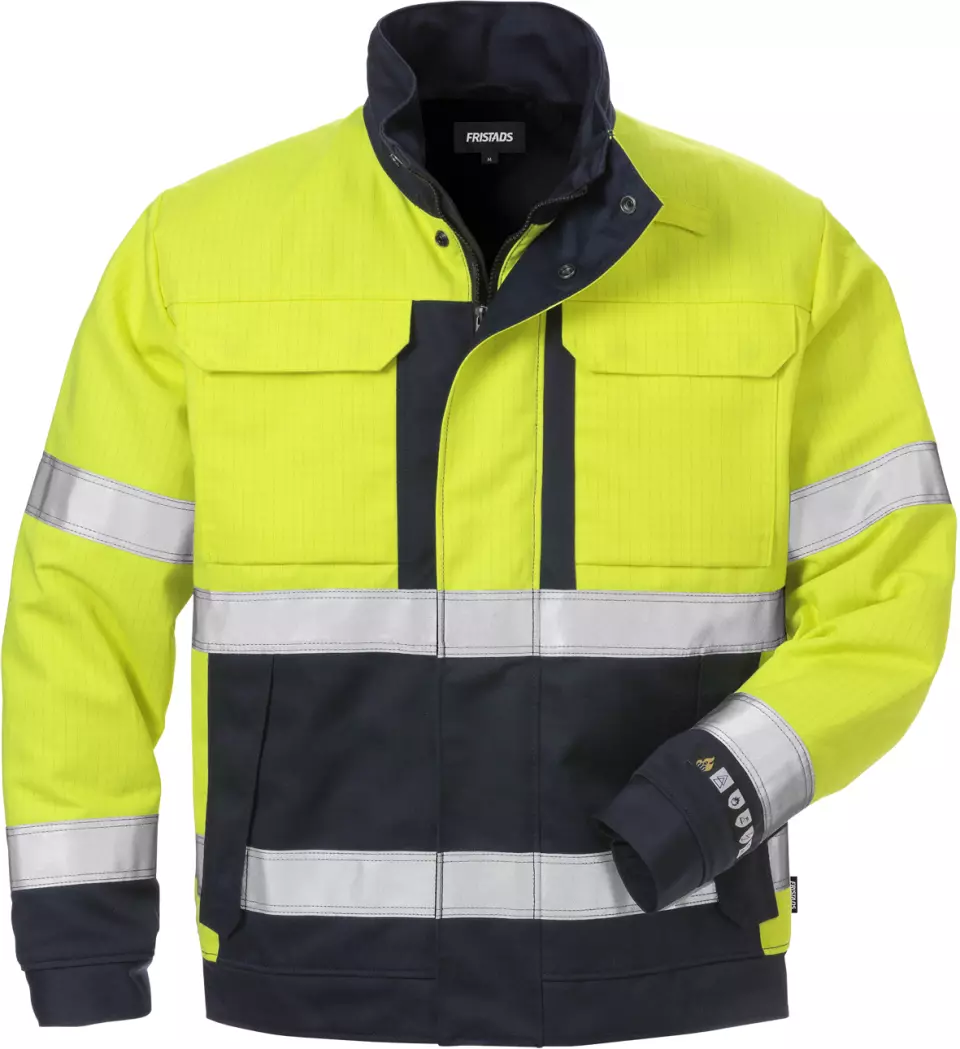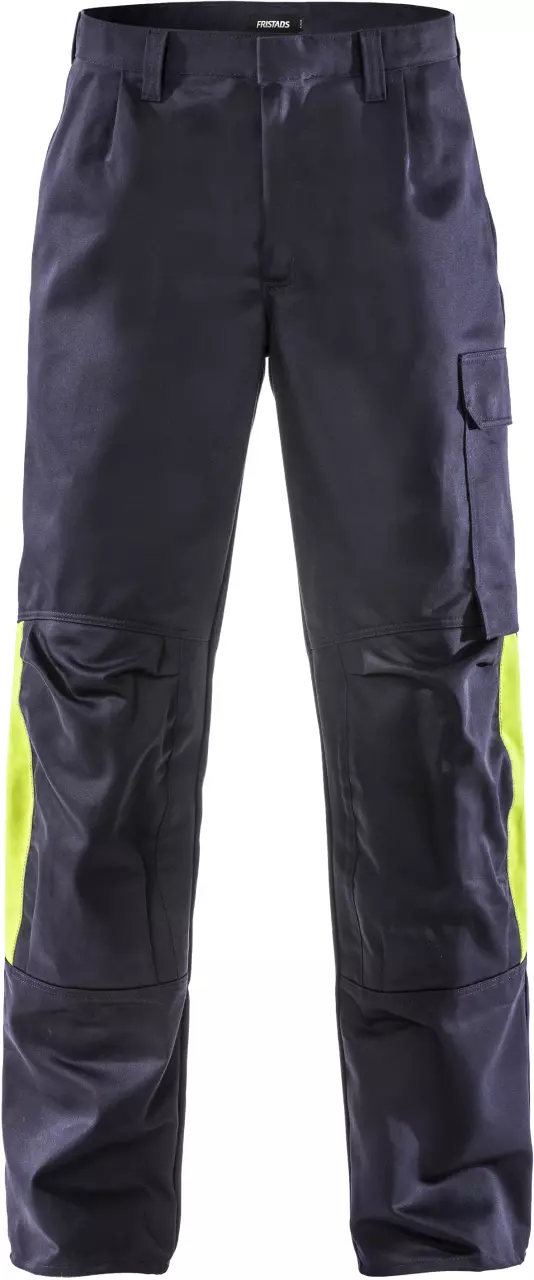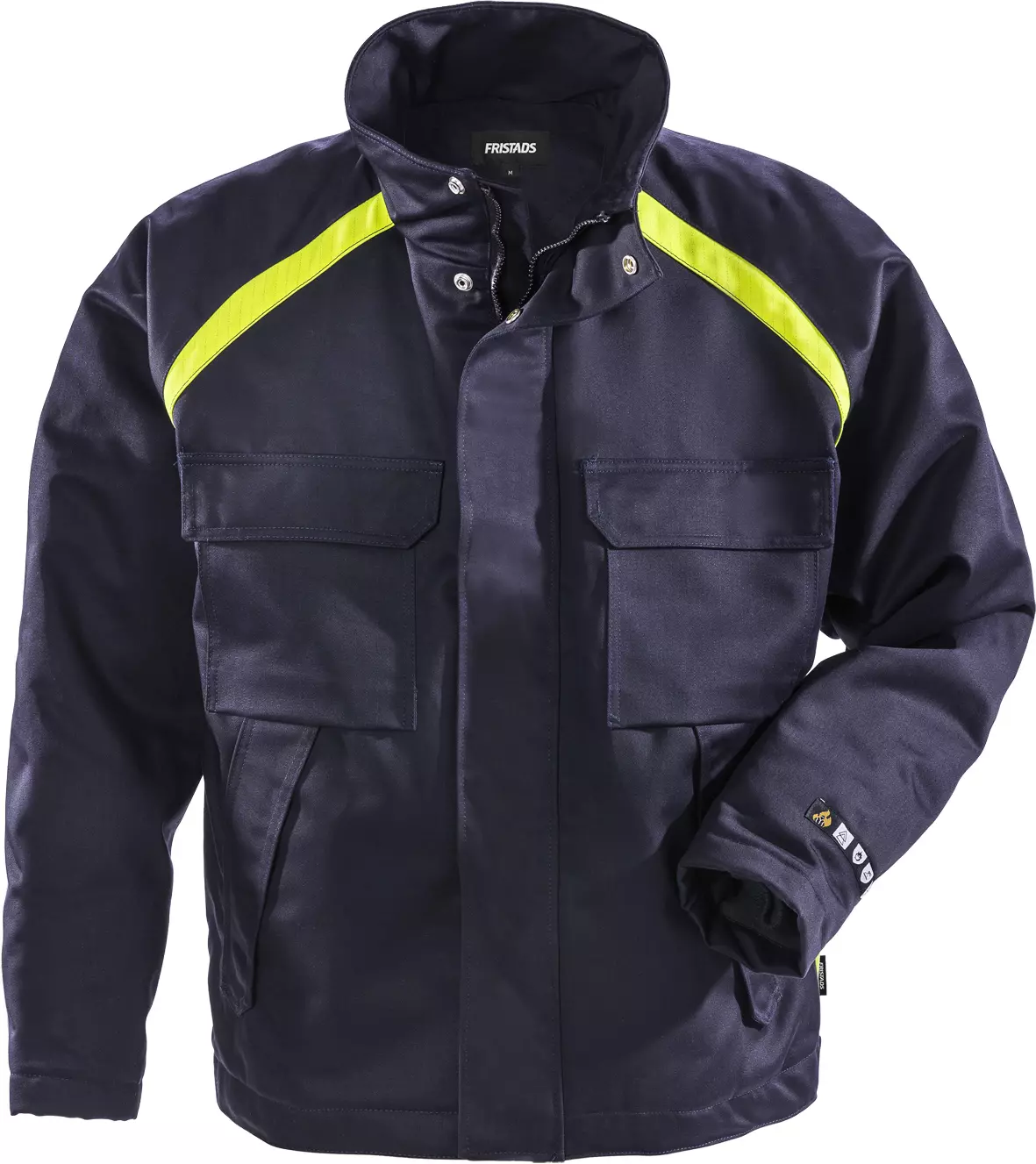
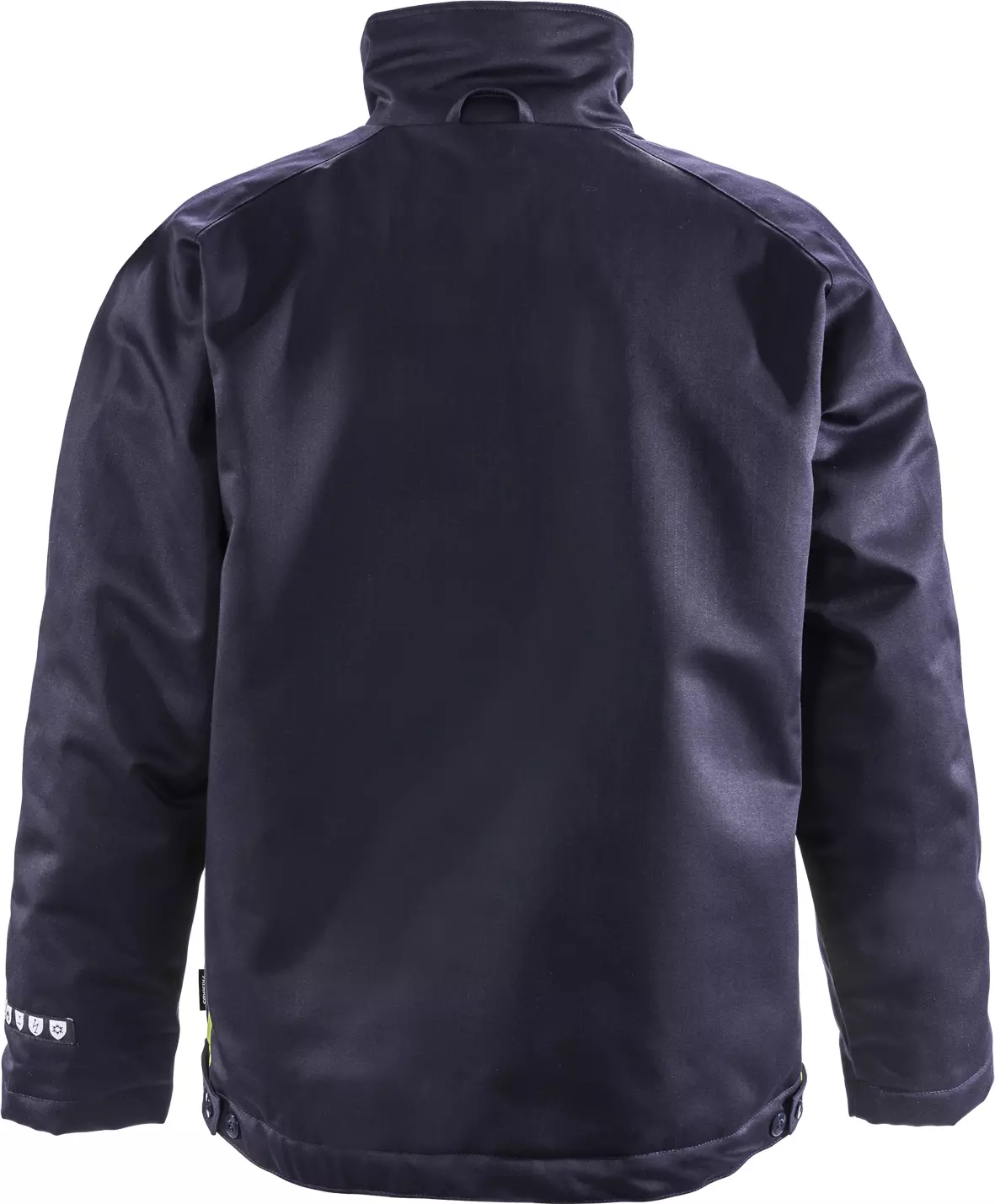
Features You'll Love
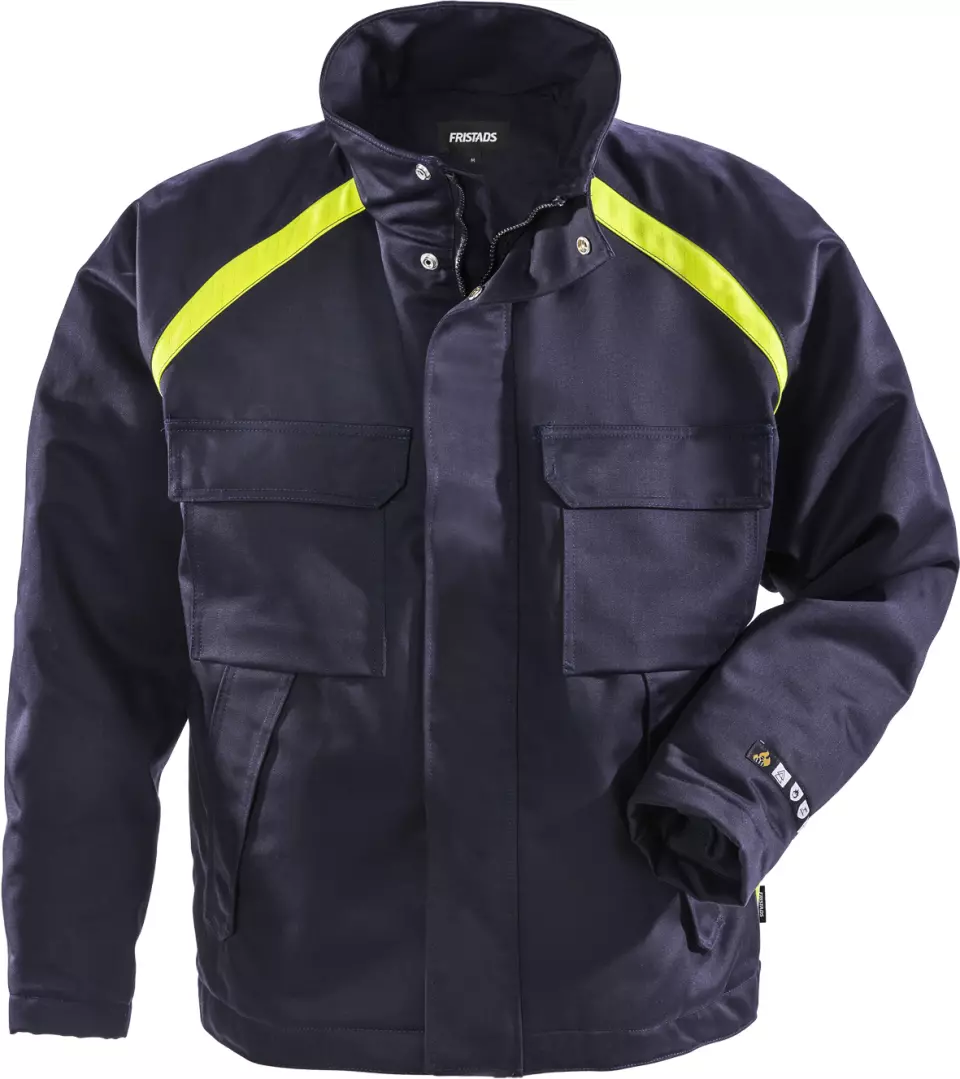
Closure Style · Zipper
The method used to fasten the jacket or vest, affecting ease of use, security, and weather protection during work activities.

Material · Cotton, Polyester
EN 1149-5 · Material Performance Tested
This garment's material is tested to reduce static electricity buildup. It helps prevent sparks that could cause a fire or explosion in certain work environments, keeping you safer around flammable materials or sensitive electronics.
Fristads
Flame Welder's Winter Jacket 4032 FLI
Flame Welder's Winter Jacket 4032 FLI
4.9 / 5
204,83 €
Choose size
Free delivery
Features You'll Love

Closure Style · Zipper
The method used to fasten the jacket or vest, affecting ease of use, security, and weather protection during work activities.

Material · Cotton, Polyester
EN 1149-5 · Material Performance Tested
This garment's material is tested to reduce static electricity buildup. It helps prevent sparks that could cause a fire or explosion in certain work environments, keeping you safer around flammable materials or sensitive electronics.
Product description
This fully lined welder's winter jacket provides comprehensive protection against flames, arcs and adverse weather conditions. With its dirt-, oil- and water-repellent surface and numerous practical pockets, it is specifically designed for demanding welding work in the cold season. The jacket meets several international safety standards and offers both protection and comfort through thoughtful details such as elastic inner cuffs and adjustable waist.\n\nProduct Features:\n- Dirt-, oil- and water-repellent\n- Fully lined for winter use\n- Concealed zip with snap fastener strip up to the upper collar edge\n- 2 chest pockets with flaps and concealed snap fastener closure\n- 2 inner pockets with button, right with phone pocket, velcro closure and loop for earphones\n- 2 front pockets with flap and concealed snap fastener closure\n- Elastic inner sleeve cuffs\n- Adjustable waist with buttons\n- Extended back\n\nTechnical Details:\n- Body zone: Upper body\n- Outer material: 320 g/m²\n- Lining: 315 g/m²\n- Product categorization: Winter jacket\n- Marketing categorization: Multi-norm\n\nStandards:\n- EN 61482-1-2 APC 2\n- EN 61482-1-1 ELIM: 43 cal/cm² ATPV: 48 cal/cm²\n- EN ISO 11612 A1 B1 C1 E2 F1\n- EN ISO 11611 A1 Class 1\n- EN 1149-5\n- EN 3422\n- OEKO-TEX® certified
